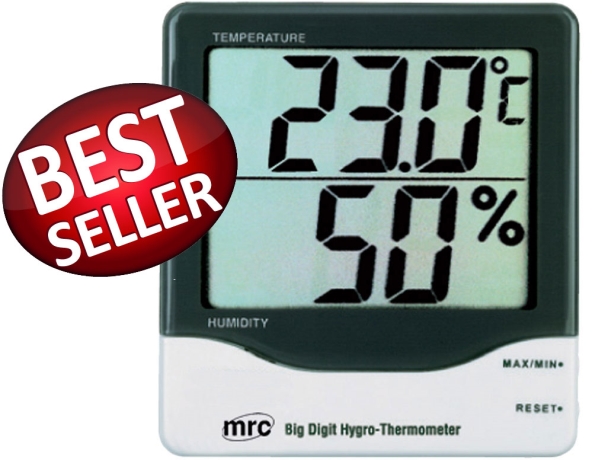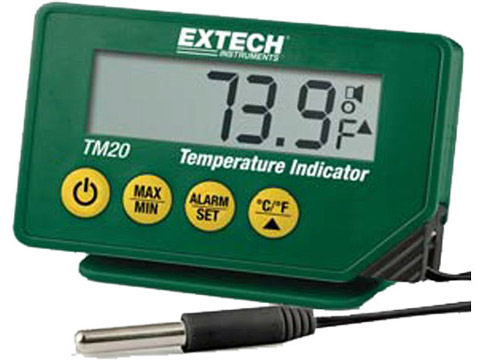Laboratory thermometers are essential tools used in various scientific and industrial settings to measure temperature accurately. Unlike regular household thermometers, laboratory thermometers offer more precision and are designed for specific applications. This article aims to delve into the world of laboratory thermometers, exploring their uses, types, applications, and the factors to consider when choosing one.
Types of Laboratory Thermometers
Laboratory Thermometers come in different types, each catering to specific needs. Some common types include liquid-in-glass thermometers, bimetallic thermometers, thermocouples, and resistance temperature detectors (RTDs). Each type has its advantages and is suitable for different temperature ranges and environmental conditions.
Components of Laboratory Thermometers
A typical laboratory Thermometer consists of several key components. These include a bulb filled with a temperature-sensitive fluid, a capillary tube that connects the bulb to the measuring scale, and a temperature scale that displays the readings.
Measurement Scales
Laboratory thermometers can use various measurement scales such as Celsius, Fahrenheit, and Kelvin. Each scale has its significance and is used in specific scientific fields. Kelvin, for example, is commonly used in scientific research due to its absolute temperature measurement.

Applications of Laboratory Thermometers
Chemistry and Research Labs
In chemistry laboratories, precise temperature measurements are crucial for conducting experiments and reactions. They enable the accuracy of reactions, thus influencing the outcome of chemical processes..
Medical and Clinical Settings
Used in medical and clinical settings. They are employed to measure body temperature accurately, aiding in diagnosing illnesses and monitoring patient health during treatments.
Food Industry
Temperature control is vital in food processing and storage. They are used to ensure food safety by accurately measuring temperatures during cooking, refrigeration, and pasteurization processes.
Environmental Monitoring
In environmental research and monitoring, They are used to assess factors like air, water, and soil temperature. These measurements are critical for studying climate patterns and understanding ecological changes.

Choosing the Right Laboratory Thermometer
Temperature Range
Selecting a laboratory thermometer with an appropriate temperature range is crucial. Consider the highest and lowest temperatures you need to measure in your specific application and choose a thermometer that covers that range.
Accuracy and Precision
For precise measurements, accuracy and precision are essential. Look for thermometers with low measurement uncertainty and high precision to obtain reliable data.
Response Time
In some applications, a quick response time is vital to capture rapid temperature changes. Ensure that the thermometer you choose has a suitable response time for your specific needs.
Calibration
Regular calibration is necessary to maintain the accuracy of laboratory thermometers. Check the calibration guidelines provided by the manufacturer and adhere to the recommended schedule.
Proper Handling and Maintenance
Proper handling and maintenance of laboratory thermometers are crucial to extend their lifespan and ensure accurate measurements. Always handle them with care, store them properly, and keep them clean to prevent contamination.
Safety Considerations
While laboratory thermometers are generally safe to use, certain precautions should be taken to avoid accidents or damage. Always wear appropriate protective gear and handle potentially hazardous substances with care.